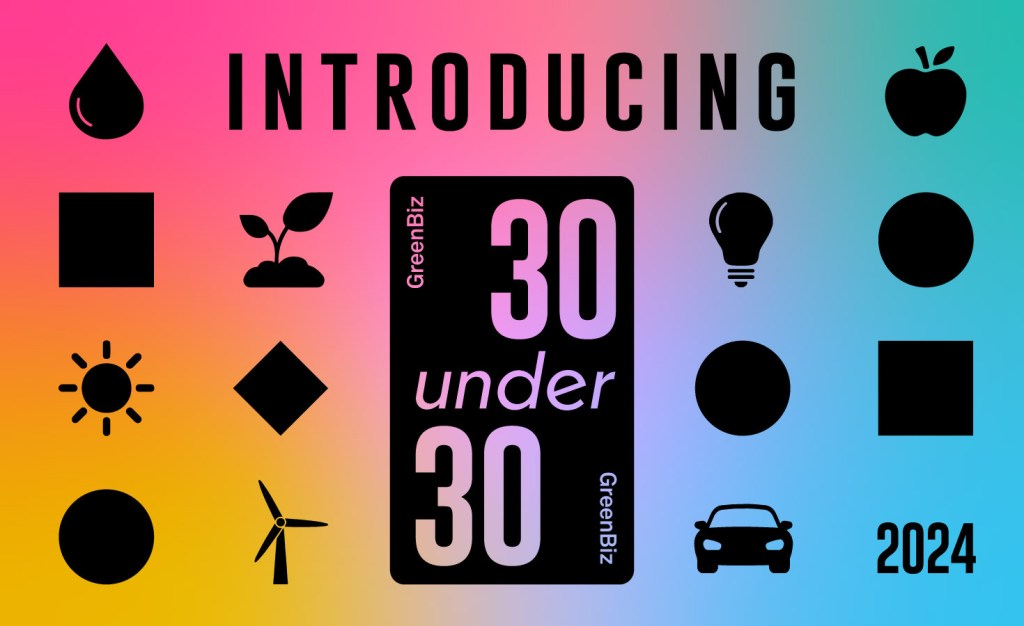Indie films are catching up to major studios' sustainability standards
Tandem Pictures' new film is a major step forward for green film production, going beyond even some major studios. Read More

The solar panels on the cabin used in "Black Bear" powered all the cameras
Hollywood might not be the first industry outsiders would scrutinize as wasteful, but insiders who are on sets for 16 hours a day know the truth.
“Any person who endeavors to make a film knows that every aspect of our business is inherently wasteful,” said Julie Christeas, founder and CEO of Tandem Pictures, an independent film production company. “The amount of sheer garbage that’s created is really heartbreaking.”
Tons of paper every day for call sheets and scripts. Electricity for lighting and cameras. Transportation to multiple locations. Textiles for costumes. Materials for set construction. Craft services. The list goes on and on for even the smallest film production.
Tandem hopes to lead the way for sustainability practices in the indie film world. Its newest film, “Black Bear,” starring Aubrey Plaza, was filmed following the Green Production Guide, created in 2010 by the major film studios as a way to share their tools, knowledge and experience with smaller indie productions
“The best practices, vendor guide, the carbon tool and the lumber tracking tool were all made publicly available for free for indies,” said Lisa Day, manager of environmental sustainability at The Walt Disney Company. “So they could get access to the same knowledge that we had.”
According to Christeas, the production practices for “Black Bear” went above and beyond those suggested by the Green Production Guide. The lighting department used low-power LEDs on set, and hybrid vehicles were sourced for transportation needs. The production embraced simple things such as providing reusable water bottles, and shifting to ceramic plates and silverware and using a dishwasher to include them, instead of relying on disposable paper plates. Tandem composted leftover food and donated furniture, wardrobe and other props to a local church.
But every film production creates a lot of emissions. “Studio films release from 2,000 to 10,000 metric tons of carbon dioxide,” said Jonathan Blitstein, chief operating officer and co-owner of Tandem. “We’re estimating that [larger] indie films are anywhere from 50 to 200 metric tons of carbon dioxide emitted. And I would say ‘Black Bear’ is probably under 50.”
Probably the biggest factor in “Black Bear’s” relatively low carbon footprint was Tandem’s decision to film almost the entire movie in one location, which happened to be a completely off-the-grid, solar-powered cabin. But running everything from the cameras to lighting, audio recording equipment, headphones and television sets off solar was an adjustment for the crew.
“We were on solar power during the day and then changed over to batteries, and then to diesel in the evening [when the batteries ran out],” Christeas said. “So we did have a few blackouts. The grip and electric department were constantly running to a shed to flip over the system from solar to battery, and then from batteries [to] diesel. So there definitely were some moments that made people’s jobs more inconvenient and that took us more time.”
Over the past two decades, the movie industry has started to reckon with its massive carbon footprint. According to Blitstein, Al Gore’s “An Inconvenient Truth” in 2006 was a turning point for the industry, one that inspired The Producers Guild of America’s Green Production Guide. Earlier, in 2004, the production team for “The Day After Tomorrow” produced an entire report with Yale University about the film’s environmental impact.
Studies from the University of California Los Angeles and Harvard University have tried to quantify the real climate costs of Hollywood. The 114-page UCLA study interviewed directors, writers, set designers, location managers and many more, concluding that the movie industry has a significant impact on greenhouse gas emissions. This was the first step to creating a guide for sustainability on sets. Harvard’s report focused on one small part of the movie-making process, location choice. The study found that the financial incentives to film a movie outside of California come with a GHG emissions increase.
Large studios, with their massive budgets and economies of scale, have started making the shift to climate-friendlier productions. Reusable water bottles, real silverware and working to reduce food waste are common on both well-known indie film sets such as Tandem Pictures as well as major studio sets such as Disney’s.
But on some sets, Disney has decided to go above and beyond. The company slowly has been switching from diesel generators to electric batteries. And on Disney Plus’ streaming mega-hit “The Mandalorian,” the crew is pushing sustainable boundaries even more. It brought a digester on set so food scraps could be composted right on site instead of being sent out.
Developments in virtual production such as green screens and backdrops also have helped draw down location and transportation emissions because the studios can film in one place. The Disney team shot half of “The Mandalorian” series on one stage with more than 60 backdrops. According to a Variety article, the production cut carbon emissions by 30 tons by doing this. But only the majors can afford many of these innovations. The indie space is far behind, according to industry insiders.
“Independent film producers do it with less time and less money,” Christeas said. “And when you’re looking at the scope of your production, and as things start falling into place, the idea of taking on another job of learning how to do all of these things in a green way can be overwhelming.”
Day agreed that budgets are rarely a concern for Disney but she thought the real advantage lies elsewhere.
“I think where the studios had an advantage is that the studios all have a sustainability department,” Day said. “We have people that are working on this full time. And that’s something that hasn’t been available to the indie world.”
The indie world and the major studios hope they can prompt a shift in the industry by reaching new filmmakers at the university level. Both are working with film schools to create a curriculum that will educate the next generation and get them thinking about sustainable filmmaking early in their careers. The goal is for sustainable production set to be the norm in the future.
Christeas and Blitstien have visited film schools to explain how the choices at the beginning of a production process can set a team up for success creatively, environmentally and financially. This year, The Producers Guild of America also has been holding a webinar program, Sustainable Environment Education Series (SEEDS), that had as many as 5,000 attendees to discuss and learn about topics in film production sustainability.
But Christeas and Blitstein understand that money is really what makes the world go round. They are creating an award and reward with the Environmental Media Association. The goal is to monetarily reward filmmakers for their sustainability, although details haven’t been hammered out yet.
“We think we can trigger a behavior change by creating this award that would have a monetary value for a filmmaker,” Blitstein said. “That’s something that will really drive producers to make their films this way.”
According to Christeas, most filmmakers are just given a job well-done and a high five for their sustainability work. That’s probably not enough to cause a real shift in the industry — sustainability practices on set can be a hard and expensive choice for a production with a sharp learning curve.
Still, Blitstein hopes working with the Environmental Media Association will create a way to track how many films are being made sustainably. He is hoping to partner with film festivals to count the number of green movies submitted, in order to celebrate the most sustainable productions. Who knows? Maybe sometime in the near future, box-office numbers and Oscar nominations won’t be the only thing that separates successful movies from flops.













